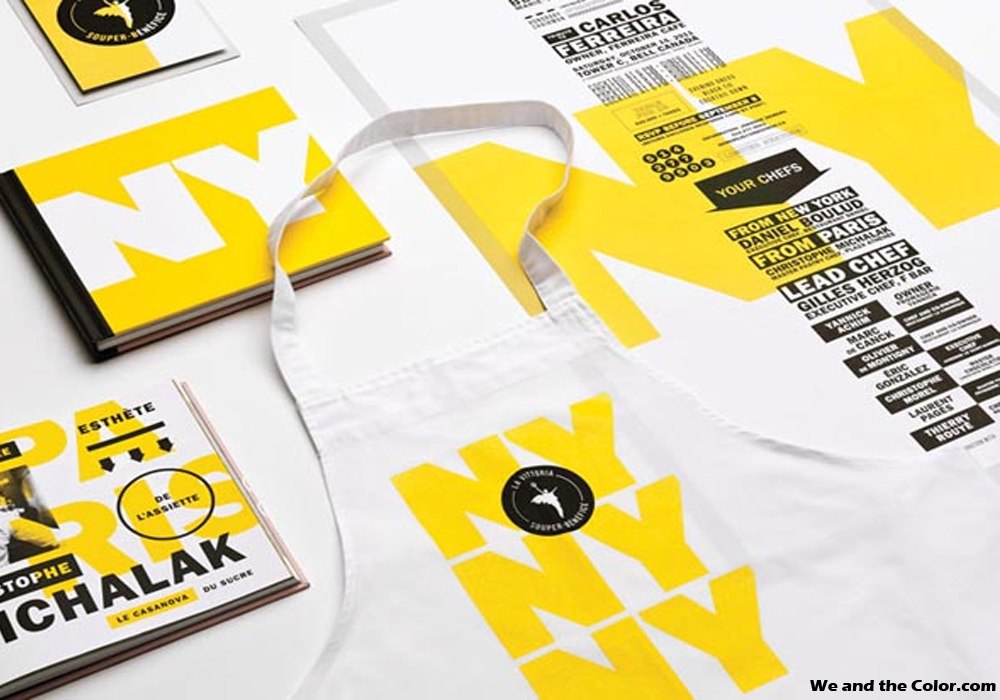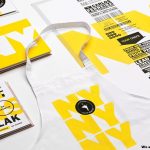 As technologies modifications, so do user habits, and as user habits adjust, so does web style. Not only do these elements appear good (way far better than those glossy internet 2. icons covering almost each site a handful of years ago), but they are simply scaleable and manageable, thanks to icon font technology.
As technologies modifications, so do user habits, and as user habits adjust, so does web style. Not only do these elements appear good (way far better than those glossy internet 2. icons covering almost each site a handful of years ago), but they are simply scaleable and manageable, thanks to icon font technology.
This document does not have to be as well complicated (a web page or so in length will do), but it should really describe what kind of site you want, what sorts of pages you want (News, Get in touch with, Services, and so forth.), preferred functionality, and your organization goals for the internet site.
What I mean is that your brand is created up of a series of concepts or values (elegance, creativity, simplicity, etc.) and every little thing from your web page layout to your font choice to your web copy and microinteractive web page components are narrative tools with which you can tell stories that embody these ideas and values by displaying them in action.
One particular thing to consider is that a bigger client, with a bigger potential budget, suggests you can add in extra ancillary solutions, such as user group testing, usability workshops, deeper investigation and evaluation, technique and perhaps allocate even a lot more time to the design and style phase, enabling you to come up with even richer visuals, special remedies, or advanced javascript strategies etc… smaller budgets will not let you to incorporate these components.
Actually nailed it on how important responsive web design is. I have noticed myself that if a web page appears dumb or even a little factor like a facebook link is broken I have a tough time trusting the web-site and buying from it. Rolex did an outstanding job on their mobile web-site.





